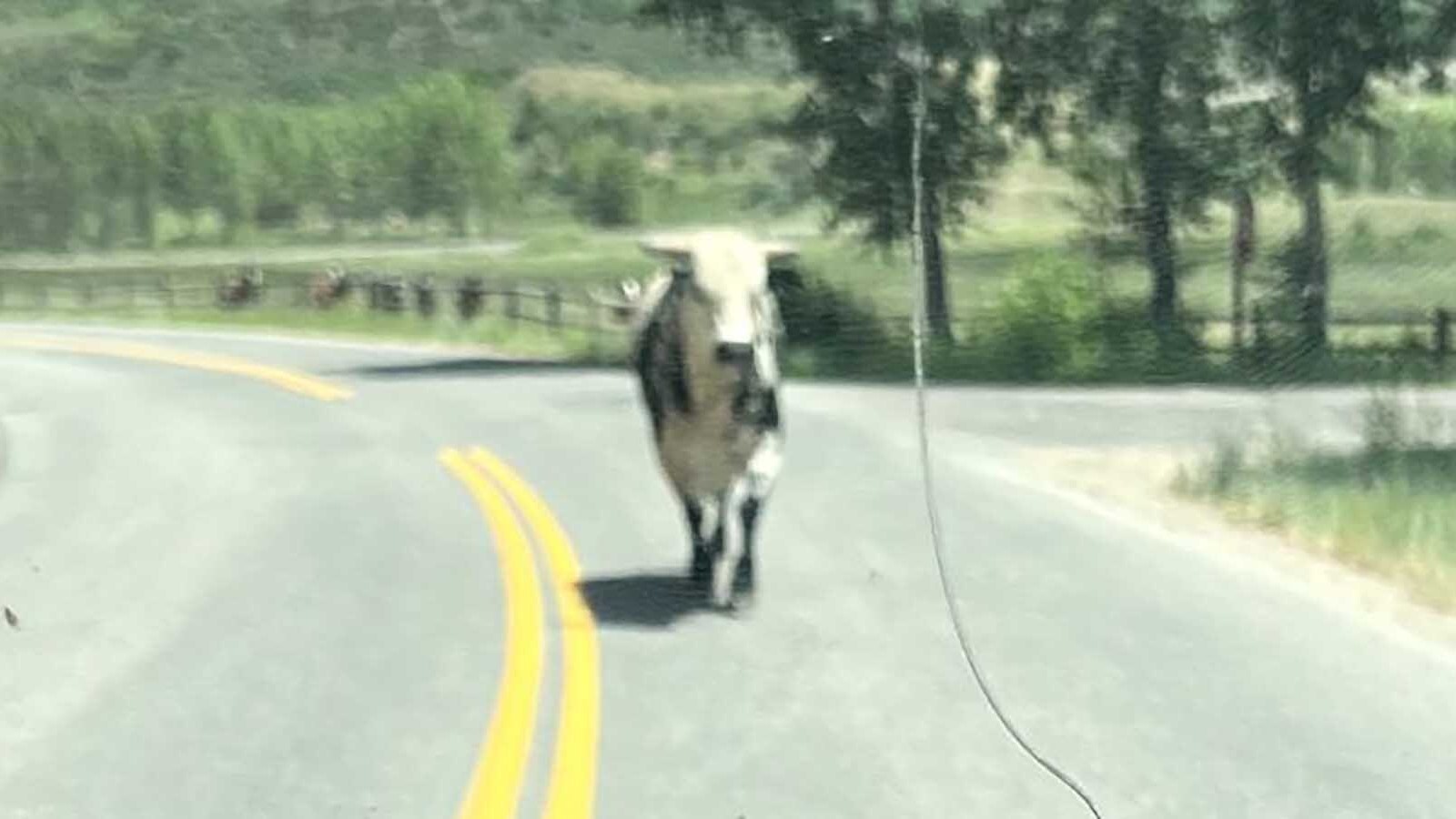The grass is greening up across Wyoming’s rangelands and that bodes well for now, but when it starts to dry out and big lightning storms hit later this summer and fall, it could make for a mean fire season, some wildland firefighters said.
“With the precipitation this winter and spring, the grass is going to come in pretty strong, and that’s the primary fire carrier when the fire season comes,” Cass Urbigkit -- the training officer and wildland firefighting coordinator for the Sublette County Unified Fire District – told Cowboy State Daily.
Prairie grass is a “one hour fuel,” he added. Meaning that, “even if it’s 100 % saturated, it will take only one hour of sunshine and wind for it to be dry again,” he said.
Campbell County Fire Department Deputy Chief J.R. Fox told Cowboy State Daily that lightning has already been stirring up a ruckus in his territory – but nothing too serious yet.
“With the last two rainstorms that have come through, we’ve seen some fairly significant lightning, but the light fuels are still too green to ignite,” he said. “Fast forward another month, or two months, and the situation could be quite different.”
Watching For The Monsoons
As summer approaches, Urbigkit said he pays close attention to weather patterns in southern California and the Great Basin region of California and Nevada. That’s because the weather there can create a “low pressure trough that will funnel precipitation into Wyoming throughout the summer,” he said.
That can mean “monsoon” storms dumping massive amounts of rain across the low country. One such storm slammed into Laramie last August, turning streets into rivers.
Those monsoon storms are a mixed blessing, Urbigkit said. On one hand, they bring much-needed moisture to the prairie.
However, they also “bring all the lightning,” he said. “When there’s a strong monsoon weather pattern, we see more fire starts.”
The torrential rains in the center of a monsoon storm might keep wildfires from igniting, but “dry lightning” around the edges can set prairie grass and sagebrush ablaze, he said.
Tough To Say How It Will Turn Out
Urbigkit and Fox said they both keep an eye on reports from the National Interagency Fire Center (NIFC)and other wildland firefighting outlets.
So far, the NIFC is predicting continued relatively mild temperatures and plentiful precipitation though early summer. Farther out, into July, August and beyond, it’s more difficult to say how things might go, they said.
“The seasonal outlooks and predictions can be really challenging, there are so many variables that can come into play,” Urbigkit said. “If we keep the pattern of consistent precipitation every coupled of weeks, it might not be much of a fire season.”
Fox said green-up appears to be “about on time” in central and north-central Wyoming. That means the grass might start turning brown, and then reaching that dangerously crispy stage, sometime in July.
In western Wyoming, Urbigkit said green-up is lagging about a month behind normal, in the wake of a brutal winter and cooler, overcast spring. So, that means the time of heightened fire danger there could likewise be farther out.
And it’s not just grass he’s concerned about. Sagebrush can become fuel for massive fires later in the year.
Sagebrush generally starts to “go dormant” in August, he said. The brush starts pulling its moisture deeper into the roots, for storage over the fall and winter. That makes the tops of the sage brush go dry and brittle – perfect fodder for lightning strikes.
“That leave the sagebrush very susceptible for carrying fire,” he said.
Forest Fires A Concern Too
Some foresters recently told Cowboy State Daily that the outlook for forest fires looks about normal this year, even though massive blazes in Canada recently poured smoke into Wyoming and the surrounding region.
Urbigkit said he doesn’t discount the possibility of big forest fires in his region this year. Prime time for forest fires is usually later in the summer, and can run through October.
Trees and fallen logs in forests tend to be “100 or 1,000-hour fuels,” he said. They can take up to 1,000 hours for a soaked log to become dangerously dry.
However, the moisture from this year’s massive snowpacks and spring rains have made for robust undergrowth in some forested areas. And that’s frequently where forest fires start, he said.
“It (fire) is on the ground in the morning, and if you get wind and sun, by 2 p.m., it’s gotten up into the tree canopy,” Urbigkit said.
Mark Heinz can be reached at Mark@CowboyStateDaily.com





